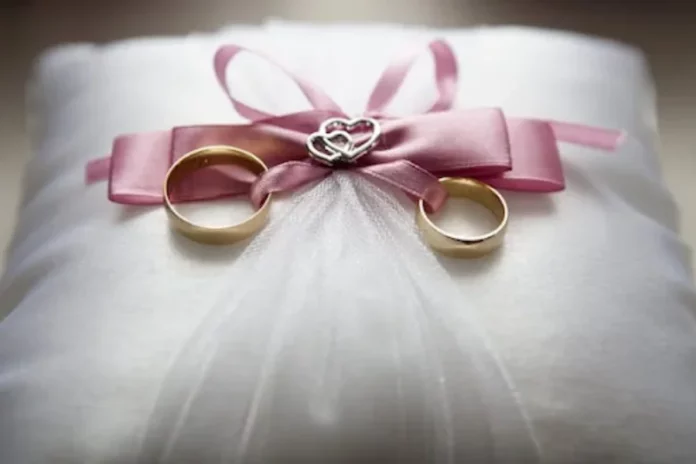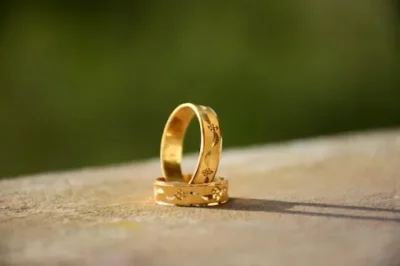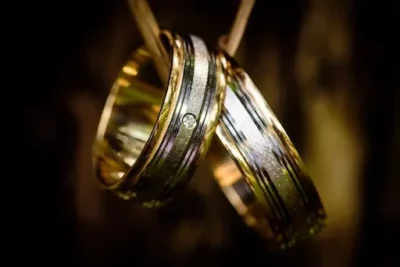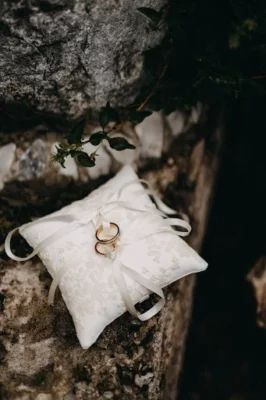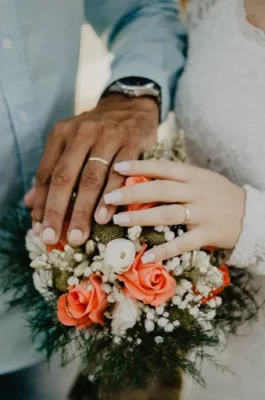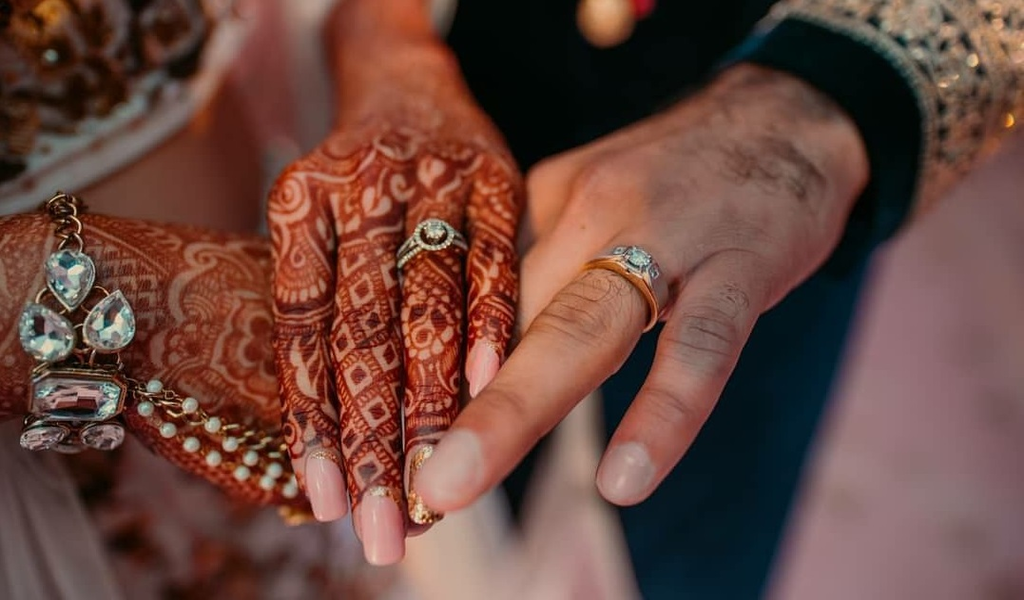In a land steeped in cultural richness, weddings are not just ceremonies; they are grand tapestries woven with customs and symbolism. Among these traditions, the exchange of rings stands out as a glittering gem, a symbol of love and commitment that transcends time and space. In this blog, we will unravel the fascinating history and deep symbolism behind the wedding rings in Indian culture, delving into the roots of this timeless tradition and the meaning it holds for couples embarking on the beautiful journey of marriage.
The Ancient Roots
To truly understand the significance of wedding rings in Indian weddings, we must venture back in time, to ancient civilizations where the concept of marriage was first formalized. In ancient India, rings were not mere accessories; they were symbols of eternity, embodying the cyclical nature of life. Crafted from materials like gold, symbolizing purity and prosperity, these rings were exchanged as tokens of love and fidelity. The circular shape of the ring, with no beginning and no end, represented the eternal bond between two souls.
The Influence of Vedic Traditions
The roots of Indian weddings lie deep within the Vedic traditions, where rituals and ceremonies are not just symbolic but are imbued with profound spiritual meaning. The tradition of exchanging rings finds its origins in these ancient scriptures. According to the Vedas, the ring finger contains the ‘Vena Nadi,’ a vein said to be directly connected to the heart. Thus, the exchange of rings on this finger symbolizes not just the union of two individuals but the merging of two hearts and souls, creating a connection that goes beyond the physical realm.
Evolution of Design and Craftsmanship
As centuries passed, the craft of ring-making in India evolved, reflecting the diverse cultural tapestry of the nation. Different regions showcased their unique designs, incorporating intricate patterns and precious gemstones, each carrying its own symbolism. For instance, the use of the ‘Navaratna’ – nine precious gems representing the cosmic forces – in rings signified blessings of prosperity, health, and happiness for the couple. The delicate artistry of Indian jewelers transformed simple bands into exquisite pieces of art, making the wedding ring not just a symbol but also a testament to India’s rich heritage in craftsmanship.
Modern Interpretations
In the modern era, while the essence of the tradition remains unchanged, the style and preferences have evolved. Couples now opt for personalized and contemporary designs that reflect their unique personalities and love stories. From engraved initials to intricate filigree work, every ring tells a tale, capturing the essence of the relationship it signifies. Moreover, the metal choices have expanded beyond gold, with couples embracing platinum, white gold, and even rose gold, adding a touch of modernity to the timeless tradition.
Symbolism and Significance
The exchange of rings in an Indian wedding is not just a ritual; it is a profound moment infused with symbolism. The groom placing the ring on the bride’s finger signifies his promise to protect and care for her, while the bride’s acceptance of the ring symbolizes her acceptance of his love and commitment. It is a ritual that marks the beginning of their journey together, a journey filled with love, understanding, and unwavering support. The ring becomes a constant reminder of the vows exchanged, a tangible representation of the unbreakable bond they share.
The Role of Astrology
In a country where astrology plays a significant role in people’s lives, the choice of wedding rings is often influenced by astrological beliefs. Couples consult astrologers to find the perfect metal and gemstone that aligns with their astrological charts. It is believed that wearing the right gemstone can enhance the couple’s relationship, ensuring harmony and happiness in their married life. Thus, the wedding ring becomes not just a symbol of love but also a source of positive energy, guiding the couple on their journey together.
Conclusion
As we conclude this exploration into the history and symbolism of wedding rings in Indian weddings, it becomes evident that this tradition is more than just a ceremonial custom. It is a testament to the rich cultural heritage of India, a heritage that beautifully blends ancient wisdom with modern sensibilities. The exchange of rings is a ritual that encapsulates the essence of love, commitment, and unity, reminding us that amidst the grandeur of weddings, it is the simple, heartfelt gestures that hold the most profound meanings.
So, the next time you witness the exchange of rings in an Indian wedding, let the glittering bands remind you of this beautiful journey through time, connecting the past, present, and future, all within the circle of love and commitment – a circle that knows no end, just like the love it represents.





